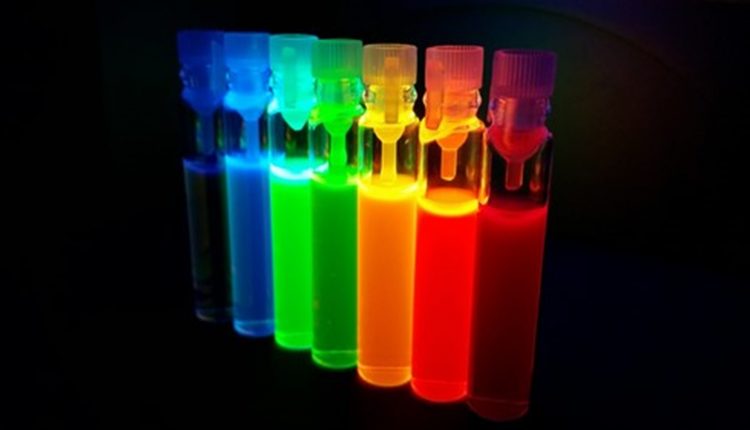Despite the advantages brought to color imaging by CMOS technology, today’s applications, including self-driving cars, flexible electronics, and healthcare and medical imaging, demand even higher resolutions and levels of integration. In most image sensors, a given pixel’s red, green, and blue components are captured independently using a dedicated photodetector ‘cell’ per color. This creates a space and processing cost challenge.
A team of scientists, including Professor Sung Kyu Park of Chung-Ang University, Korea, just published a paper in Advanced Materials. They presented a newly developed type of photodetector and its integration into a dense sensor array for high-resolution multispectral (color) imaging.
Quantum Dots (QDs) can be made to respond only to light of a specific color(s) and can be stacked vertically in each pixel by precisely engineering their size and composition. Photodetectors for each color in each pixel can be accommodated into a much tighter area.
The researchers managed to squeeze in an astoundingly high number of pixels in a small area–5500 devices per square centimeter. In addition, the vertically stacked QD pixels achieved a great color selectivity and photosensitivity. The paper can be found at: https://doi.org/10.1002/adma.202106215

